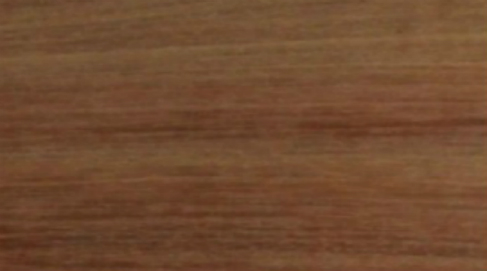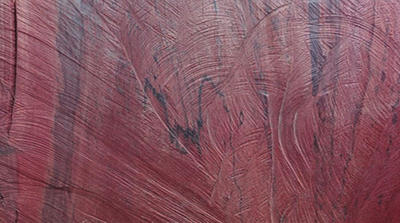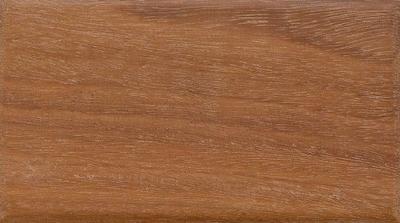Tamarindo
Scientific Name: Dialium guianensis (Aubl) Sandwith
Other Common and Commercial Names: Guapaque, Paque (México); Paleta (Guatemala); Tamarindo Prieto (Honduras); Tamarindo montero (Nicaragua); Tamarindo de montaña, Hauso (Panamá); Algarrobillo (Colombia); Cacho (Venezuela); Huitillo (Perú); Jatai-peba, Jutai, Parajuba, Paroroca (Brasil).
Appearance: The sapwood is pale-whitish yellow and the heartwood uniform brown or reddish brown, with a definite contrast between the two layers.
Characteristics: it is an extremely heavy wood, which presents medium linear contractions and moderately stable volumetric contraction. Medium brightness Smell not distinctive. Straight grain to criss-cross. Fine to medium texture. It is reported as highly resistant to the attack of fungi and insects.
Weight: Basic basic gravity (ovendry weight / green volume) 0.81 to 0.93; air-dry density from 63 to 73 pcf.
Janka Rating: 4,000 lbs
Working Properties: it is difficult to work by hand and for the machining it requires stelite or tungsten carbide tools and adequate cutting techniques. It presents an excellent natural finish and polish and good for turning and mortising, excellent for drilling, molding and sanding, but practically impossible to nail. The wood is moderately difficult to dry and may have slight kinks and cracks.
Uses: wood is used for heavy construction, industrial floors, railway sleepers, marine constructions, parquet, decorative plates, turnery, sporting goods and musical instruments.



